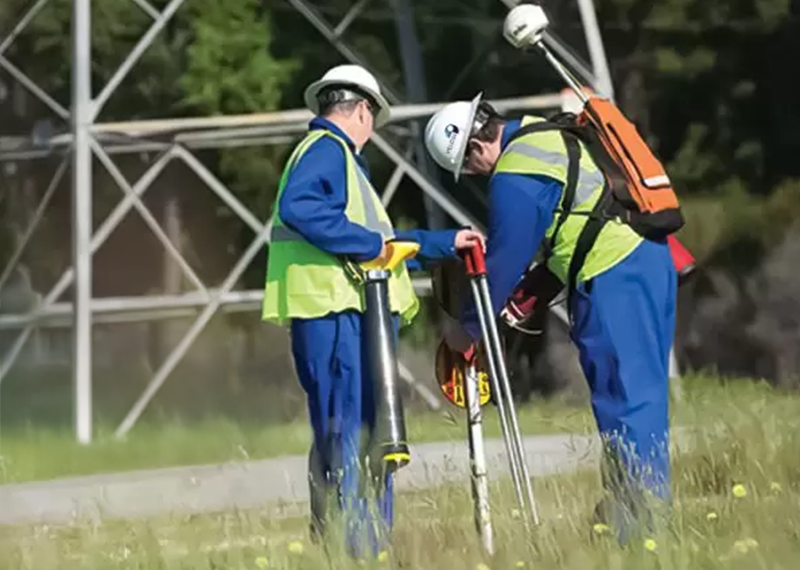Close Interval Potential - CIP Survey
CIP Survey (CIPS) identifies area of unacceptably high or low potentials, caused, for example, by interference from other structures, coating damage or current drain to foreign objects. Intensive potential measurement at short intervals (1- 2 m) along the entire pipeline length.
CIP Survey utilize data logger such as digital voltmeter with built-in features to read, report, remember, recall the On/Off potential field data and sub-meter GPS antenna which gives a relative indication of how good the coating is. CIP determines On/Off potential complying with CP criteria either low, medium or high potential excursions while all coating assessment techniques are sensitive to field conditions and differs depends on type of soil, paved, depth of cover, type of coating and more.
The combination of DCVG and CIP Survey techniques could also be performed depends upon the condition of the protective coating on the pipeline and the information or results that are required by the Client.
Read more











